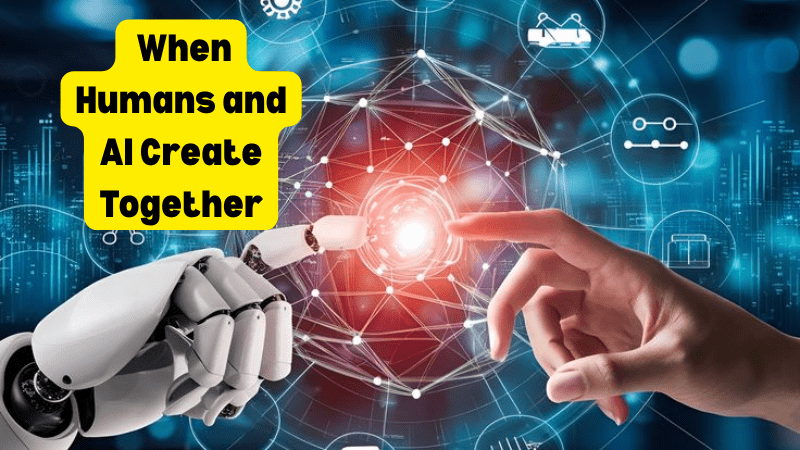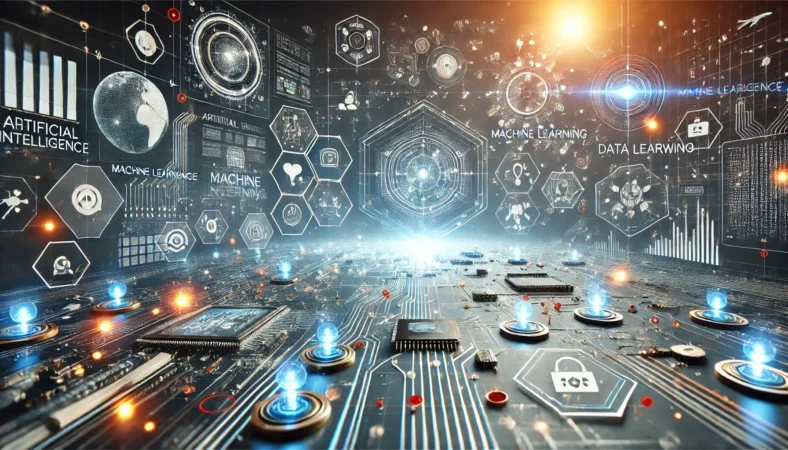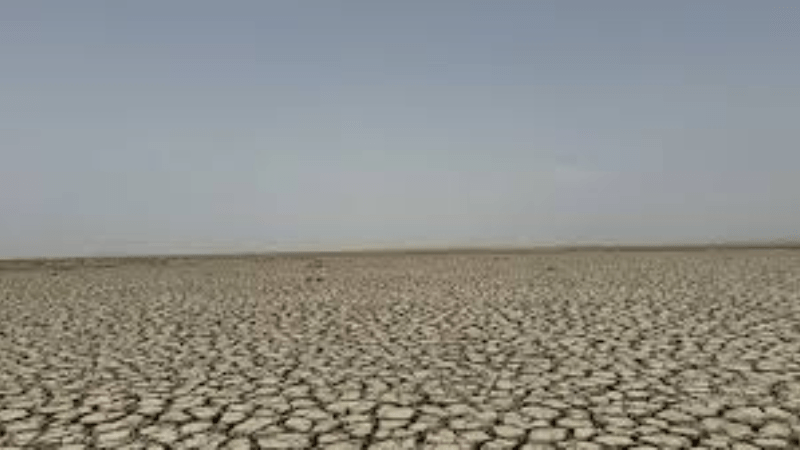When Humans and AI Create Together
Introduction: A New Kind of Partnership
In every age, humanity has worked hand in hand with tools — from the wheel to the printing press, from electricity to the internet. Yet no tool has challenged or empowered us quite like Artificial Intelligence (AI). Today, we stand at a turning point where machines don’t just follow our commands — they think, learn, and create with us.
The collaboration between humans and AI is no longer a concept from science fiction. It’s happening in classrooms, art studios, hospitals, and research labs. Whether it’s a designer using AI to generate new artwork, or a doctor relying on algorithms to detect disease, this partnership is redefining the meaning of creativity and intelligence.
But as with every great discovery, there’s a balance to maintain — between innovation and ethics, exploration and limitations.
Table of Contents
When Humans and AI Create Together on youtube
When Humans and AI Create Together on facebook
The Rise of Human and AI Collaboration
AI is not a single invention — it’s a combination of computer science, data, and human imagination. It allows machines to analyze vast amounts of information, recognize patterns, and even mimic creativity. But without human input, AI is directionless.
Human–AI collaboration is based on shared strengths:
- Humans bring intuition, emotion, values, and cultural understanding.
- AI contributes speed, accuracy, and the ability to process massive data.
Together, they form what many experts call “augmented creativity” — where human imagination is expanded by machine intelligence.
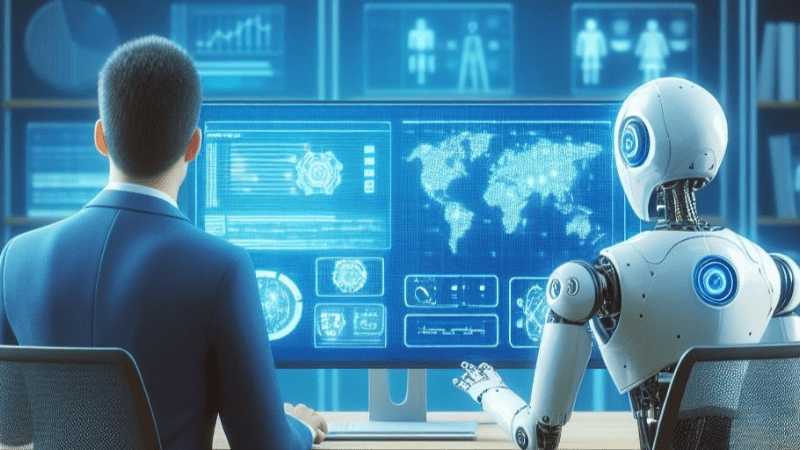
How Humans and AI Create Together
Let’s explore how this collaboration is reshaping creativity and innovation in different fields:
1. In Art and Design
Artists once feared AI would replace their imagination, but now they see it as a creative partner. AI tools like DALL·E, Midjourney, and Runway help artists visualize impossible scenes, generate concepts, or experiment with new styles.
For example, an artist might describe an emotional idea — “a city floating above the ocean at sunset” — and AI instantly brings that vision to life.
This doesn’t make human art obsolete; it makes human imagination limitless.
2. In Writing and Storytelling
Writers now use AI not only for grammar correction but also for brainstorming, generating storylines, or exploring multiple endings. AI can simulate different tones or writing styles, helping authors break creative blocks.
However, the writer remains the soul behind the story — deciding which idea carries meaning.
3. When Humans and AI In Science and Medicine
AI helps scientists discover new medicines, analyze genetic data, and even predict disease before symptoms appear. Human doctors interpret those insights, combining emotional care with scientific understanding.
This teamwork saves lives and accelerates discoveries that once took decades.
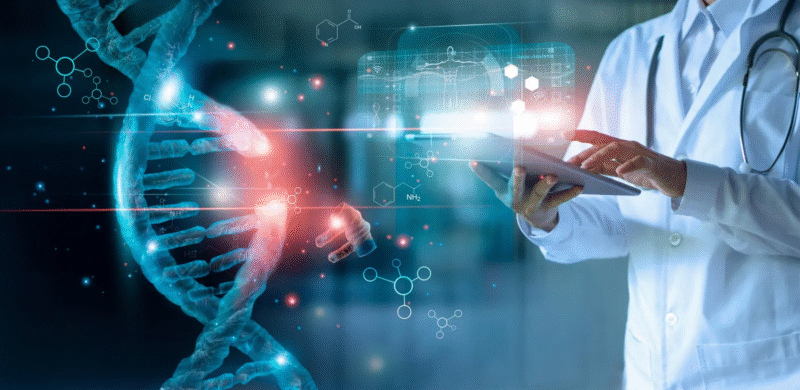
4. In Education and Learning
Teachers use AI tools to design personalized learning experiences. A student who struggles with math can receive custom lessons from an AI tutor, while teachers focus on emotional and moral growth.
Here, AI becomes an assistant — not a replacement — helping teachers explore each student’s potential.
5. In Technology and Innovation
From self-driving cars to climate-change research, AI analyzes problems humans can’t solve alone. But it’s humans who set the goals, define the ethics, and decide how far we should go.
Exploring Creativity in the AI Age
Exploration means pushing boundaries, but also understanding limits. When humans and AI create together, exploration takes a new shape.
We explore not only the outer world of technology but also the inner world of creativity and conscience.
AI opens hidden paths — it can suggest ideas we never thought of. Yet, those ideas only become meaningful when guided by human values.
For example:
- AI might compose a perfect symphony mathematically, but only a human can infuse it with emotion.
- AI might design a flawless building, but only an architect can make it feel alive.
- AI might translate languages instantly, but only a human understands the soul behind words.
Exploration, therefore, is not about replacing thought — it’s about expanding the ways we think.
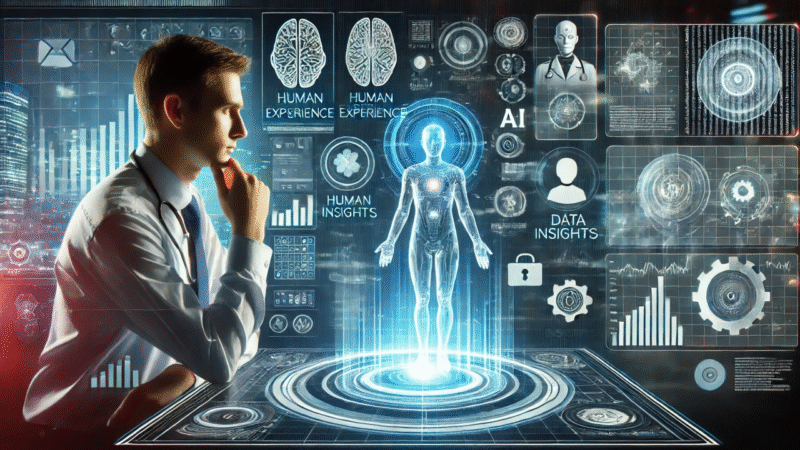
The Positive Side: Advantages of Human and AI Collaboration
1. Expanding Creativity
AI helps humans overcome creative limits by offering countless variations of ideas, designs, or patterns. It acts as a second mind — always ready to experiment.
2. Saving Time and Energy
AI can handle repetitive or complex tasks quickly, freeing humans to focus on higher-level thinking and innovation.
3. Access to Infinite Knowledge
AI can analyze and summarize data from millions of sources in seconds, giving humans access to global insights they could never gather alone.
4. Reducing Human Errors
In fields like medicine, aviation, and finance, AI minimizes mistakes by detecting patterns humans might overlook.
5. Global Collaboration
AI connects minds from all over the world. A designer in Pakistan can collaborate with a coder in Japan through AI tools that translate, generate, and visualize ideas instantly.
6. Personal Growth and Learning
AI can help individuals explore their own creativity. Through interactive systems, people learn how they think — and how they can improve.
The Negative Side: Challenges and Disadvantages
Every powerful tool carries risks, and AI is no exception.
While it enhances creativity, it can also blur the boundaries of originality and ethics.
1. Dependence and Laziness
If humans rely too heavily on AI for ideas, our creative muscles weaken. People may stop thinking deeply, expecting machines to do all the mental work.
2. Loss of Authenticity
When AI generates art, writing, or music, who owns it? The human or the machine? This question challenges the concept of originality.
3. Bias and Injustice
AI systems learn from human data — which often contains bias. This means AI can unintentionally repeat social, gender, or racial inequalities.
4. Privacy and Data Risks
To function, AI collects vast amounts of data — from images to emotions. Misuse of that data can threaten privacy and security.
5. Job Displacement
Automation and AI-driven tools can replace certain human jobs, especially those based on repetitive tasks. The challenge is to reskill workers, not replace them.
6. Ethical Confusion
When machines start creating or making decisions, we face questions: Who’s responsible if AI makes a wrong choice?
Without human moral control, technology can become dangerous.
How to Explore AI Responsibly
The key is not to stop exploration — but to guide it wisely.
Here are the principles for maintaining a healthy balance between humans and AI:
1. Stay Curious, Not Dependent
Use AI as a tool for inspiration, not a substitute for effort. Curiosity keeps human intelligence alive.
2. Keep Ethics at the Core
Technology must serve humanity, not control it. When creating or using AI, always ask: Is this helping people — or harming them?
3. Maintain Human Supervision
AI should never act without human guidance. Humans must remain the decision-makers.
4. Protect Creativity and Originality
Even if AI helps generate ideas, humans should personalize and refine them. True creativity reflects human experience and emotion.
5. Explore Boundaries with Wisdom
Exploration is valuable, but limitless power can be dangerous. AI can simulate emotions but not feel them. That’s why we must set moral and legal limits on what AI can and cannot do.
The Limits We Should Maintain
AI has incredible capabilities — but also clear limits that we must recognize and respect:
- AI has intelligence, not consciousness.
It can simulate thinking, but it doesn’t feel emotions or understand moral values. - AI depends on human input.
It cannot define purpose or meaning on its own. - AI learns from data — which can be flawed.
Without human review, AI can spread misinformation or bias. - AI cannot replace human empathy.
Machines can calculate but cannot care. - AI’s creativity is limited to patterns.
It can remix existing ideas, but true originality — born from human experience — remains beyond its reach.
Real-World Examples of Human–AI Creativity
- Music:
Artists like Taryn Southern and Grimes use AI to compose songs. AI provides melodies, and humans add emotional touch — creating new musical genres. - Fashion:
Designers use AI to predict trends and create smart fabrics. Yet the cultural sense of beauty remains human. - Film and Media:
AI tools generate visual effects and enhance storytelling. But direction, emotion, and message still belong to the filmmaker. - Healthcare:
AI analyzes X-rays or predicts diseases, while doctors interpret results with empathy and understanding. - Education:
Teachers use AI for lesson planning, but emotional connection and mentorship remain irreplaceable.
These examples prove one truth: AI may assist creation — but it cannot replace the creator.
Balancing Exploration and Limitation with humans and ai
The harmony between humans and AI depends on how consciously we use it.
If we explore AI without awareness, we risk losing creativity, privacy, and ethics.
But if we explore it with understanding, we can reach heights of innovation never imagined before.

Balance is the bridge between possibility and responsibility.
We must teach ourselves — and future generations — to use AI as a mirror that reflects our imagination, not a shadow that replaces it.
The Human Element: What Machines Can’t Replace
Despite all progress, one thing remains eternal — the human spirit. Humans and AI Create Together with
AI may write, paint, or compose, but it cannot dream, love, or believe.
Only humans can transform knowledge into wisdom and experience into meaning.
That’s why our relationship with AI should not be one of master and servant — but of partners exploring creation together.
Conclusion: The Future of Human and AI Creation
The world is changing faster than ever. Machines are learning, evolving, and shaping new realities. Yet the most powerful force remains human imagination.
When humans and AI create together, they build not just smarter systems -but a smarter humanity.
We discover not only how to innovate but also how to understand ourselves better.
However, this partnership must be guided by wisdom, ethics, and emotional intelligence.
AI may help us reach the stars, but it is our human conscience that decides the direction of that journey.

So, let us explore — boldly but carefully.
Let us create — freely but responsibly.
Because the true magic begins when humans and AI create together — not in competition, but in harmony.
—————————–
“We hope you truly enjoy reading these fascinating facts! Don’t forget to explore more — click below to discover our sources of inspiration.”
IELTS and Pakistan: 6 Reasons It’s a Pathway to Global Success
